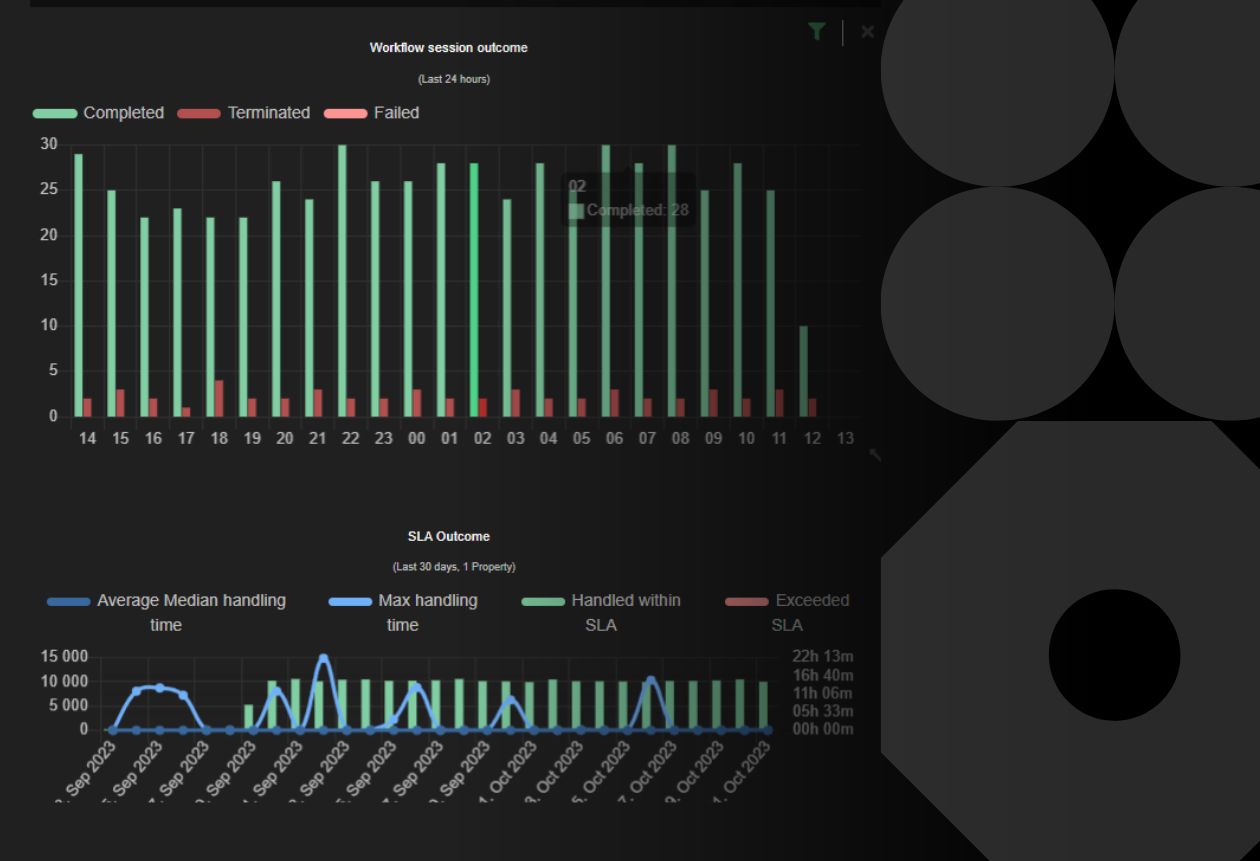Getting an RPA program off the ground is no small feat. But, running them at scale across the business – that’s especially daunting for most organisations.

Too many CoE teams are stuck in a continuous loop of scheduling, monitoring, and managing bots to be truly effective in their roles. All too often, there is a capable and committed team of automation engineers that are constantly (…we’re talking 24/7, weekends, and even holidays!) glued to their machines watching bots perform, to ensure that processes run without failure.
Not only is this maddening, costly, and risky—it’s undeniably limiting overall potential of the employee and the program to deliver sustainable value.
But, it doesn’t have to be that way.
It’s possible to boost employee satisfaction, improve program efficiency and reduce overall cost. No surprise – it starts at the beginning – proper scheduling that aligns with desired business outcomes makes all the difference.
What is Static (Manual) Scheduling, and Why Doesn’t it Work?
While robots can lighten your team’s workload, they can actually make it even more tedious and frustrating if they aren’t set up for success.
Static scheduling refers to the process of manually scheduling tasks and workflows—and is what’s included in off-the-shelf RPA software.
We all know how this works…
- Enter process
- Assign robots for execution
- Watch as robots move sequentially through the list of scheduled processes
That can work well enough with a simple RPA program. But, as complexity increases in terms of the number of licenses and/or the types of technologies in place — it’s just not flexible enough to meet changing demands.
Relying on manual execution to ensure that operations run smoothly is counterproductive for automation and a major reason why so many IA programs fall short of their goals.
Let’s examine a few of the biggest reasons why dynamic orchestration solutions are the way forward.
Increased Opportunity for Error
If you’re still manually scheduling your digital workers, you’re taking a big risk that tasks won’t be queued properly.
Static scheduling isn’t reliable enough for business-critical tasks. This puts your team at risk of missing business deadlines. When this happens, stakeholders start to become skeptical of RPA and can be concerned that it’s a waste of money or even a liability, rather than the helpful tool it can be when used properly.
Decreased Productivity
There are two main factors that drive, or derail productivity — the bots, and the team behind the bots.
First, if you dedicate humans to continuously watch and reprioritize the work that robots are doing, it defeats the purpose of having automation.
Rather than focusing on developing and deploying automations that drive real value, teams often get bogged down in time consuming investigation and remediation – essentially becoming beholden to broken or misused robots.
From a bot perspective, static scheduling creates a lot of bottlenecks in process execution. Working in a sequential order can mean that some bots are tied up waiting for systems to be available—thus limiting their potential output.
Priority Confusion
When team members manually oversee robotic processes, it can sometimes create a chain reaction of confusion—potentially overriding and disrupting other mission-critical processes along the way.
Without some form of intelligent RPA orchestration in place to monitor in real-time for conflicts and SLA adherence, the risk of missed deadlines and costly compliance violations increases dramatically.
With dynamic orchestration, there’s software watching over your entire intelligent automation landscape guaranteeing everything goes off without a hitch. There’s a new and better way to ensure you have happy employees and healthy robots.
The Power of Process Orchestration
C TWO’s intelligent orchestration platform eliminates the burden of scheduling and reprioritizing tasks with SLA-based process orchestration.
Rather than creating static schedules, users onboard processes to the platform according to when the work needs to be completed. Onboarding processes is easy and straight forward:
- Start by setting your SLA — or in other terms when you need the process completed.
- Set your working time — which is when the process is allowed to run.
- Create resource groups based on requirements and limitations of the processes to ensure the right bot runs the right process.
- Set your workflow trigger:
- Queue – Dependent on the number of pending items in a specific work queue
- File – When a new file appears in a specific location, C TWO can pick that up without the use of one of your RPA bots
- Sequence – which you’re likely used to is just using a list technique
- Time interval – could be every hour, every day, every week, etc.
- Manual process – In C TWO manual triggering opens the ability to incorporate human-in-the-loop through our robot interaction module.
This information creates a priority status for each process within C TWO. Our platform continuously monitors your entire estate of processes based on their SLA and dynamically prioritizes tasks to ensure completion on time, every time.
If you’re ready to put your RPA on cruise control, let’s talk.



